September 6, 2023
The transformative power of 5G is starting to be felt within industrial, consumer, healthcare and critical services, bringing ultra-high data rates, ultra-low latency and unprecedented reliability of service to a hugely extended number of use cases worldwide. It is also an enabling force for Industry 4.0 by providing a low latency backbone for many new and emerging use cases, also empowering innovations for IoT in agriculture, automotive, healthcare, manufacturing, media and smart cities.

Figure 1, a 5G Basestation
In this TOP Tech Talk we explore key industry use cases for 5G IoT, considering the evolutional and “game changing” advantages of migrating from 3G and 4G. We also provide an update on key stages for the evolving 5G deployment and look at the key differentiators between 4G and 5G as well as considering the main motivations for upgrade.
Whilst 5G adoption is well underway, there are still many established IoT applications that don’t actually have requirements for the capabilities of 5G or simply don’t have business cases that currently justify the cost of being updated. For these applications the bandwidth offered by low power wide area networks (LPWAN) and 4G/LTE is sufficient for their current data transmission needs. However, an important consideration for legacy equipment with lower bandwidth requirements is the fact that 3G and 2G cellular networks are currently being retired, resulting in the migration towards newer standards such as narrowband-IoT (NB-IoT) and precipitating the replacement of legacy equipment.
At the next performance level, the ever-growing global adoption of LTE CAT M (LTE-M) is also providing opportunities for migration towards 5G for certain use cases requiring higher performance. This in turn is enabling better awareness for the benefits of 5G IoT, with higher speed, low latency and higher connection density. Below is a summary of the main advantages of 5G in comparison to 4G:
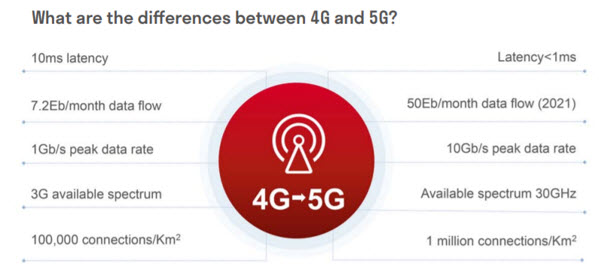
Figure 2, Quectel, 4G and 5G differences
5G has two main flavors in terms of backhaul and core network architecture.
5G NSA (Non Standalone) is the main solution being deployed today and uses existing 4G LTE infrastructure, which is accelerating operators rollout speed for 5G. NSA does also significantly increase the speed and bandwidth when compared to 4G LTE, but obviously when the connected devices reach a critical level bandwidth use the upstream backhaul and/or core networks will become saturated forming a bottleneck.
5G SA (Standalone) is the next evolution that requires its own backhaul infrastructure and core network to be deployed. This new infrastructure works in conjunction with the already existing 4G backhaul and core networks and carries important advantages in delivering the promised ultra-low latency, high network speed and very large network bandwidth. It is however more expensive to deploy and will take time to achieve meaningful coverage.
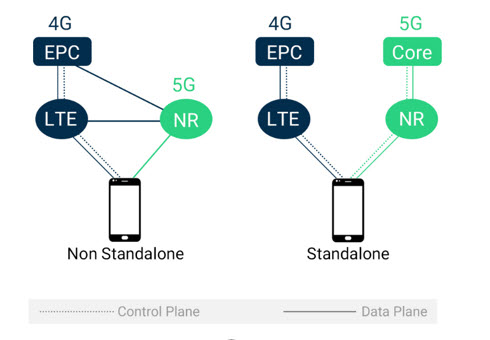
Figure 3, 5G SA and NSA network structure
Another key aspect of 5G is the allocated spectrum which can be divided in three categories as defined by the FCC (Federal Communications Commission):
High-band (mmWave): 24GHz and higher
Mid-bands (Sub-6GHz): 1GHz to 6GHz
Low-band: lower than 1GHz
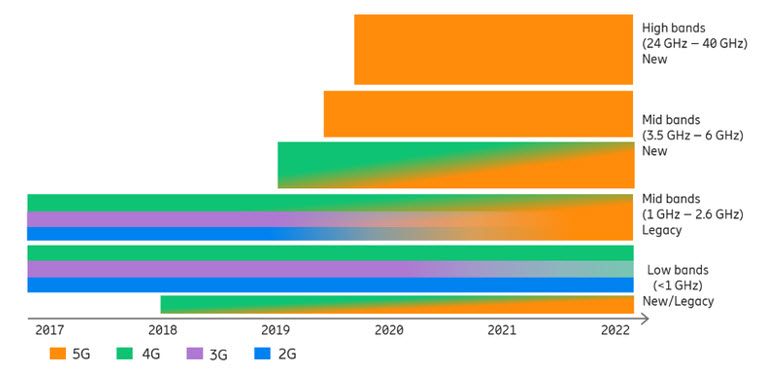
Figure 4, Ericsson, 5G frequency spectrum
As can be seen from figure 4, new 5G spectrum is been added at multiple bands and is also overlapping with existing technologies (2G / 3G and 4G). With the phase out of 3G and 2G (many countries retire 3G before 2G), this will ultimately open up more available mid and Low band spectrum for allocation to the 5G network.
The terms mmWave and Sub 6Ghz are used frequently to denote the new 5G higher band spectrum. The mmWave band allows for data transmission speeds of 1 Gbps and more. The downside is the limited physical range each link can cover, which is caused by Physics. This significantly increases the amount of infrastructure needed and dramatically increases the cost of deployment. This at present limits the use cases to areas with a high population density, i.e. cities, stadiums, etc. as well as certain industrial applications requiring high bandwidth.
The Sub-6GHz band also offers significant performance with data transmission speeds of 100 to 1400Mbps. As an average, this typically represents a 2~3 times increase in data speed when compared to 4G LTE, but range is also limited at the higher end of this band, as 6 GHz signals do not propagate in the same way as for 3.5 GHz.
In general, all the bands are needed for operators to be able to offer a good variety between covering long distances and offering high data throughput and low latency services with the mid and high-bands.
Another aspect of 5G worthy of discussion are the three areas of functional capability (as defined by the 3GPP Organization) which are detailed in figure 5.
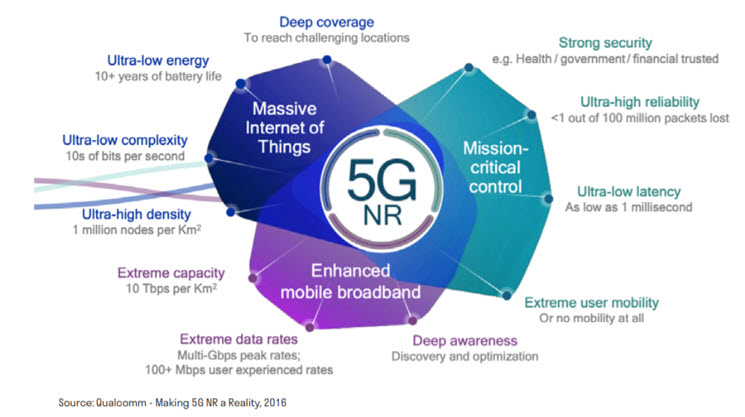
Figure 5, Quectel, 5G Key functionality areas
Massive IoT involves connecting tens of billions of devices that transmit data that is not sensitive to delay but still demands consistent and reliable coverage. It requires the deep coverage and density offered by 5G to support long-life connected devices that generally send low bitrates via machine type communications (MTC). The use cases for this includes sensor data for many applications including smart buildings, smart agriculture, smart cities and smart logistics.
Each of these functional spaces enables a wide array of use cases, many of which have overlapping requirements across the three functionality areas, as set out in figure 5. For example, in the media industry, there may be a need for minimized latency, extreme data rates, guaranteed quality of service and deep coverage to reach challenging locations, whilst a connected sensor in an agricultural deployment might require the low energy, low complexity attributes associated with Massive IoT.
Mission critical applications are defined as those that would endanger lives if they fail to meet defined performance criteria. They require guaranteed levels of service under load conditions, very high security standards, ubiquitous coverage and a signal that supports ultra-reliable low-latency communication (URLLC). For emergency services, the URLLC features within 5G provides the vital assurance that communication will remain stable under load situations and function without excessive latency or delay. Other mission critical applications also include autonomous cars, remote medical surgery robotics, other robots, drones, as well as industrial automation.
Enhanced mobile broadband (eMBB) can be seen as an extension of the capabilities of 4G, in that it promises a better and seamless user experience by delivering faster data speeds whilst also enabling both greater coverage and density. These attributes are helpful in providing higher capacity in crowded situations, such as stadiums and showgrounds and also in providing enhanced mobility coverage for commuters and others on the move. eMBB will also be deployed to compliment fiber and copper services with fixed wireless access (FWA) in the home environment for non-mobile users as part of wireless home broadband services. In addition, eMBB will also provide the connectivity foundation for smart homes, video everywhere and virtual/augmented reality.
The 3GPP organization has defined the foundations of the 5G network specification. Specifically, with 3GPP release 15, they laid the foundation for the existing 5G network and started 5G “phase 1”.
Release 16 was recently completed and Release 17 is already on its way, and hence 5G has entered “phase 2” and these releases add numerous very significant improvements as follows:
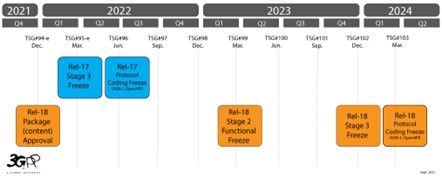
Figure 6, 3GPP, Release 18 roadmap
Rel-15: 5G Basic, focusses on enhanced mobile broadband and ultra-reliable low-latency communication.
Rel-16: 5G Evolution, adds Vehicle-2-Everything, Unlicensed 5G, Industrial Internet of Things and Time Sensitive Networking, Integrated Access and Backhaul as well as Positioning.
Rel-17: 5G Evolution, is focused on Beamforming and MIMO, improved enhanced mobile broadband, Improved ultra-reliable low-latency communication and Massive Machine Type Communications as well as the concepts for RedCap.
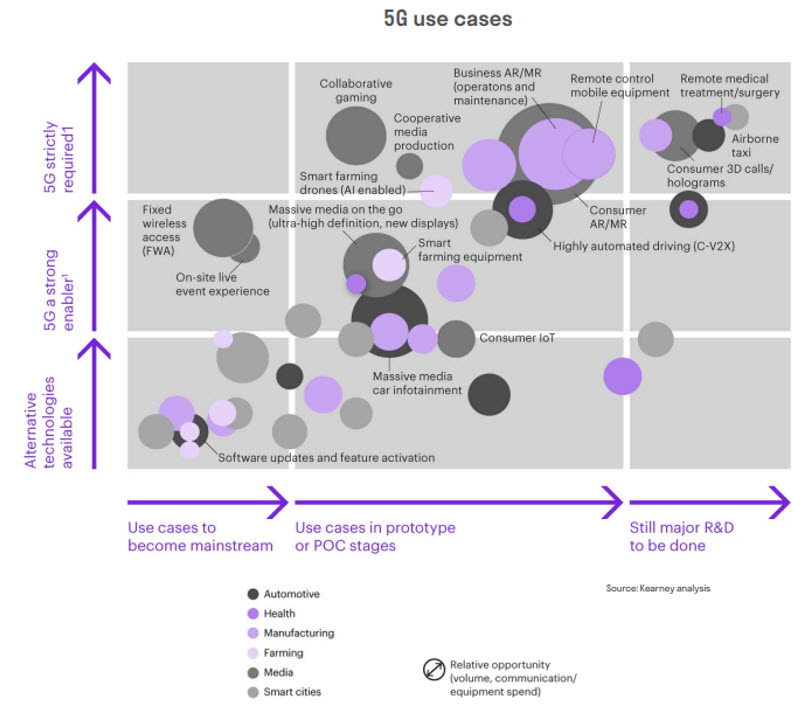
Figure 7, Source: Quectel, 6 verticals for 5G applications
As reflected in figure 7, above (center-right) new automotive use cases for 5G are currently largely in the prototype or proof of concept stage and are dependent on widespread global coverage. Although there is a great deal of planning going on for the use of 5G in automotive, for reasons of safety and security, automotive vendors can be reluctant to be the first to exploit new technologies until there is a certain maturity demonstrated in other consumer markets.

Figure 8, Source Quectel Website
Initial use cases for 5G in automotive will therefore likely be existing 4G use cases where 5G brings improved performance. Certain automotive applications such as tracking and tracing are well-served by LTE networks today so the main driver for 5G will be the lower latency and the connection density 5G enables.
Planned use cases for 5G in the future include autonomous driving and encompass advanced driver assistance systems (ADAS) beyond ADAS Level 4. While the technological capabilities are progressing fast, the industry will need to see the legal prerequisites follow rapidly enough to create a reliable legal environment for cases in which the vehicle takes responsibility.
In the industrial sector 5G is being adopted for connecting industrial robots with various degrees of mobility. These robots range from static robots that are positioned to form tasks on production lines to fully mobile robots such as autonomous guided vehicles (AGVs) which have many sensors to enable them to accurately perform tasks and move safely through production environments to deliver goods or carry out repairs.

Figure 9, Robots on a automobile production line
Many robotic applications need the ability to process data in real-time. 5G, with its low latency and high reliability, enables part of this processing requirement to be offloaded to edge computing resources or cloud-based servers, thereby minimizing on-board processing in the robot itself. This makes the robot simpler to design, more cost effective and easier to maintain.
The low latency and huge uplink capacity of 5G will likely aid the further proliferation of video-based applications and the ability to guarantee services under load conditions could further stimulate the creation and uploading of professional-quality content from portable devices. The media industry has obvious needs for low latency, stable, reliable, high resolution video images. They typically require a minimum of four times the bandwidth offered by a 4G cellular connections operating under normal conditions.
Because media organizations have to go “where the action is” the local base stations are often overloaded and hence frequently these organizations have been obliged to use satellites or point-to-point links to enable content to be transmitted back to the studio. Mobile satellite and point-to-point communications can be affected by alignment issues, interference as well as adverse weather conditions and these services can be costly.
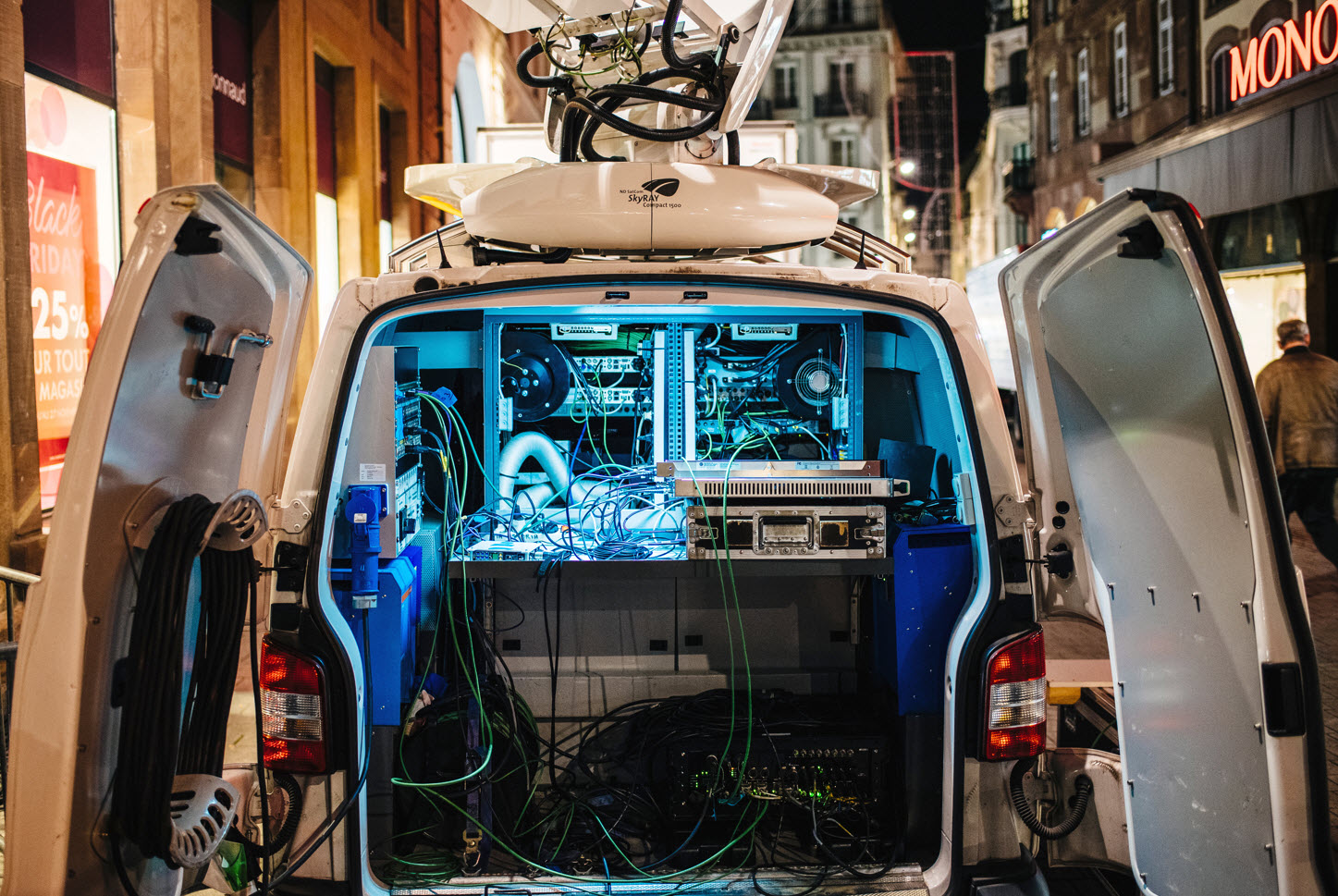
Figure 10, News Vehicle
Media organizations could therefore benefit from easy-to-use, portable equipment for acquisition, processing and transmission of content without the requirement for so much mobile infrastructure. As reliable 5G services roll out it is possible that there could be reduced requirements for satellite-equipped news gathering vehicles for certain situations.
As discussed previously, 5G Stand Alone offers ultra-high density and extreme capacity, also offering different levels of service under load conditions for certain customers.
The mission critical capabilities built into 5G enable guaranteed performance criteria to First Responders and Emergency Services even when the infrastructure is under load conditions. Together with the ultra-reliable low-latency communication (URLLC) these features provide the assured quality of service required for many diverse emergency and mission critical services use cases. This opens new possibilities for such organizations to be able to share critical information live on developing situations.
Use cases include the use of high quality, low latency video and audio capabilities to understand the situation on the ground. Examples include crowd control, large-scale natural disasters or for firefighting. The same networks can be used to co-ordinate staff to respond to these situations offering lower latency and greater bandwidth in comparison to the existing emergency communications services such as Private Mobile Radio (PMR).

Figure 11, First Responders will benefit from the URLLC quality of service of 5G
Mission critical use cases include electricity companies which often use point-to-point and multipoint microwave links to synchronize electric power generation to keep the network in phase. 5G can enable simplification of certain aspects of the network including more easily synchronizing power from electricity generation sources.
Consumers and utility companies could also benefit from less outages as the networks will become easier and more rapid to control.
The nature of healthcare and the certification processes involved makes this market area a cautious adopter for new 5G technology use cases, nevertheless the secure, low latency, resilient capabilities of 5G are very attractive for medical product manufacturers.
Healthcare professionals envisage three possible 5G usage locations for the future: In hospitals, in patients’ homes and in remote areas.

Figure 12, Minimally Evasive Surgery via Medical Robots is another example of a use case that will benefit from the low latency of 5G communications
In hospitals, 5G enablement has similar benefits to a manufacturing environment in which 5G can help to reduce wiring for medical devices and provides the ability to transmit large volumes of data for cloud processing. One example where this could possibly be useful is in the area of minimally invasive surgery via medical robotics.
5G-enabled home-medical devices simplify connectivity because patients do not need to connect devices to home networks, simplifying the process and keeping data more secure. In addition, this also means that patients are not obliged to have their own connectivity at home.
The final category of telehealth covers the use of 5G to enable medical staff to diagnose and perform procedures at distance with 5G for example, in order to better serve people living in remote locations.
5G’s enhanced capabilities make it ideal for the real-time management and automation of smart cities. When used in combination with A.I. one of the applications that has captured a lot of attention is the use of Intelligent Traffic Systems (ITS) where the big data capabilities of 5G are used with machine learning to identify patterns and dynamically alleviate traffic congestion.
5G in particular enables greater capabilities for streaming of real-time video. This can be used to augment legacy installations, for example, to extend wired camera networks to provide better and faster traffic management over much larger areas.
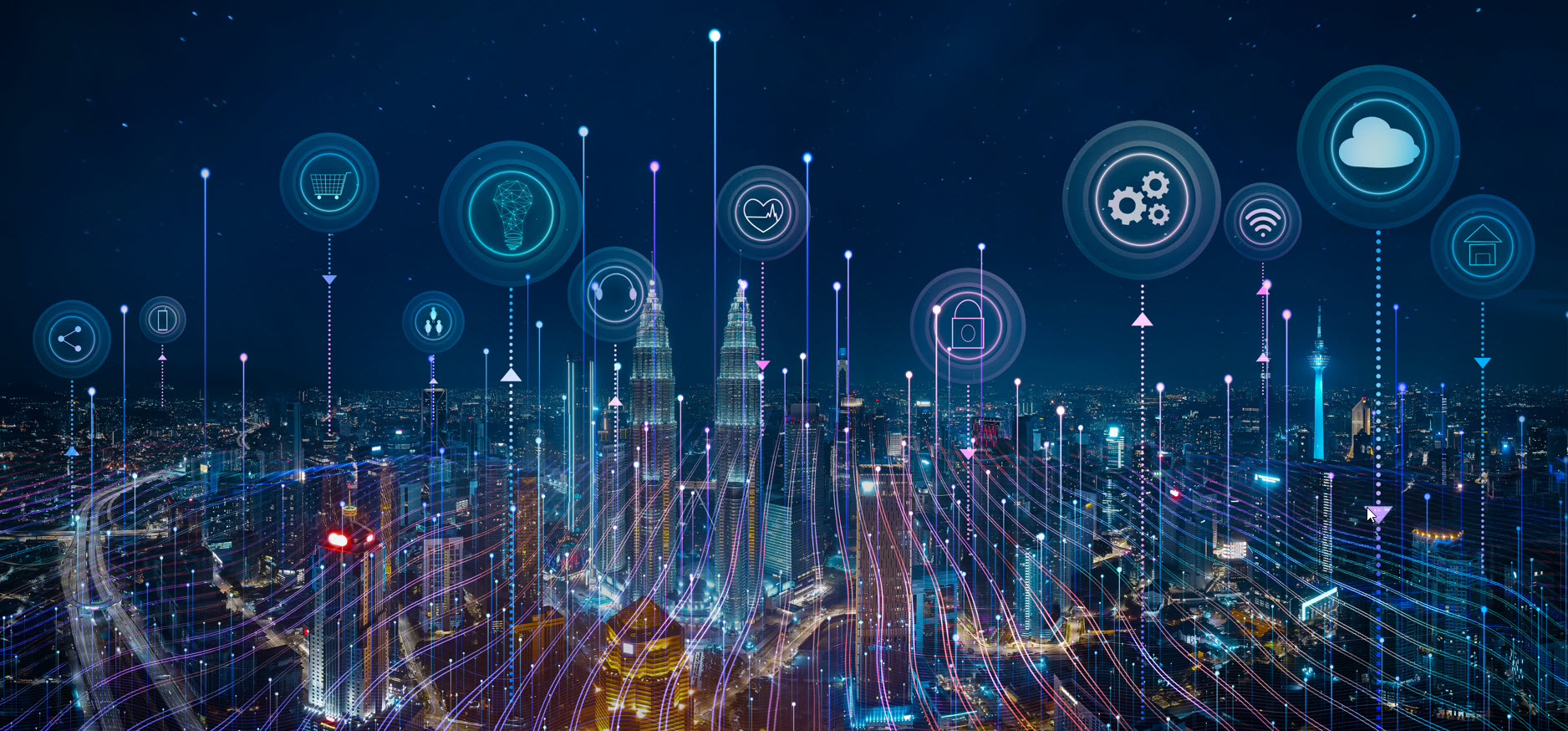
Figure 13, Smartcities
Smart city use cases also include smart waste management, where waste is collected on demand as well as smart parking systems that guide people to free spaces. With huge numbers of smart IoT devices deployed throughout smart cities, the increased connection density of 5G is an enabling technology allowing thousands of devices to connect to a single 5G cell.
Finally, the ability to use the increased bandwidth offered by 5G means IoT devices can transmit large volumes of data for centralized cloud server processing, thereby simplifying and reducing the cost of connected devices.
3GPP 5G NR Release 17 introduced RedCap (5G reduced capacity) also known as NR-Light is focused on mid-tier use cases, permitting a mix of capabilities for throughput, complexity, device density and battery life required for applications that do not require the full throughput of standard 5G technology.
5G RedCap devices are designed to effectively support the order of 150 Mbps downlink and 50 Mbps uplink. Typical use cases that fall into this category are AR/VR headsets, smart watches, wearable medical devices, industrial wireless sensors as well as video surveillance applications.
5G RedCap devices have reduced complexity in terms of hardware and use narrower bandwidths, lower order modulations as well as offering support for lower transmit powers. These reductions permit smaller more cost-efficient devices with extended battery life.

Figure 14, 5G services
5G is empowering new innovations and use cases across many diverse markets and applications. A huge amount of spectrum has been already assigned across numerous different frequency bands and this will be extended further by the redeployment of spectrum currently assigned to 3G and 2G services as these services are retired.
The feature set of 5G has been engineered to deliver in three main areas, enhanced mobile broadband, mission critical control and massive internet of things. It will offer ten times less latency than LTE, as well as delivering around ten times the data rate in conjunction with ten times the number of connections per square kilometer.
There are two main versions of infrastructure architecture supported: Non-standalone which provides a way for operators to deploy 5G immediately with existing LTE backhaul and core networks. Standalone provides a jump in performance with a completely new backhaul and core network which is used in tandem with the existing LTE network infrastructure to deliver the full planned performance of the system.
5G opens numerous use cases in the fields of automotive, healthcare, manufacturing, media and smart cities. It also delivers substantially deeper and denser performance for the next generation of IoT and smart city applications and devices as well as providing the reliability of service that benefits mission critical services. In addition to all of this it delivers much greater bandwidth and faster more fluid user experience with much reduced latency.
The breadth of services offered by 5G and 5G RedCap go well beyond an upgrade to existing 4G networks. The future of 5G in terms of the evolving feature set it delivers is empowering many new use cases that are not currently serviced or serviceable by 3G, 4G or any other consumer wireless communication standards. It has been designed to be an enabling technology for many more stringent and time-critical applications which require guaranteed performance. There will also be numerous innovations with new and emerging application areas that are not yet identified. These will develop as the 5G services are established and technology companies think of clever new ways to deploy these to solve problems and service new market areas.
The transformative power and future for 5G services looks very bright :-)
About Quectel’s 5G solutions
Quectel is a leader in 5G module development, having designed the first ever commercially available 5G module and now offering a complete portfolio of 5G products. In the Sub-6 GHZ category, Quectel offers the RG500Q and RM500Q families, whilst for the mmWave plus Sub-6GHz category, they offer both the RG510Q and RM510Q module ranges. Quectel’s head start in 5G means its modules contain the most advanced features and capabilities available on the market. For example, the 5G modules include powerful algorithms for edge computing and storage, utilizing Cortex-A7 up to 1.5GHz as the primary boot processor, a powerful digital signal processor (DSP) up to 1.5GHz as well as including support for low-power double data rate 4X (LPDDR4X) memory at 1.8GHz. These capabilities ensure customers’ devices have the processing power they need to create and broadcast high quality video content.
Their experience and heritage has also enabled Quectel to integrate up to 18 interfaces into its 5G modules, making them suitable for the widest variety of application scenarios. These include support for extended application processors, sensors, memory, Wi-Fi, Bluetooth, GNSS and Ethernet in addition to interfaces including: USB 3.1, PCIe, RGMII, PCM/12S, 12C, SPI, GPIO, SDIO, SIM, PWM and others. This gives media device makers the widest possible range of options to support the requirements and preferences of broadcast customers across the globe. In addition, all IoT deployments demand robust security capabilities so Quectel’s 5G modules feature secure boot, a secure file system and a secure execution environment as an integral foundation. For new media organizations, all the capabilities outlined above are vital for inclusion in 5G module-enabled cameras, televisions and set top boxes.
We hope that with the above information you have learned more about 5G. If you have any questions, please do not hesitate to contact us at [email protected].
Figures: Quectel and TOP-electronics
Ericsson: 5G NR evolution and 5G evolution toward 5G advanced
3GPP: release 15, release 16, release 17 and release 18
Back